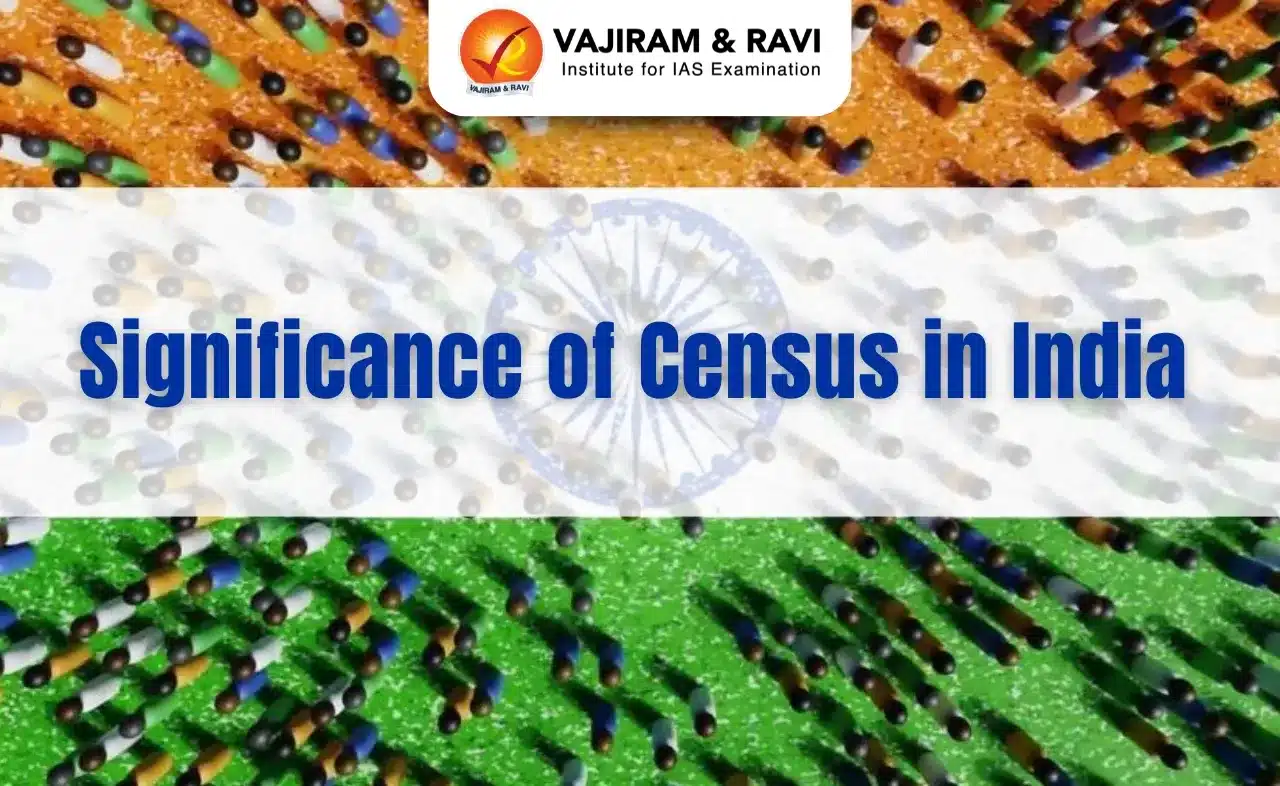What’s in Today’s Article?
- Structural Shift in India’s Remittance Patterns Latest News
Structural Shift in India’s Remittance Patterns Latest News
- According to the recently released RBI’s Remittances Survey 2023-24, Advanced Economies (AEs) – led by the US, UK, Canada, Singapore, and Australia – have overtaken Gulf Cooperation Council (GCC) countries as the top source of remittances to India.
- It reflects a structural shift in India’s migration and remittance patterns, raising policy and developmental implications.
Declining Gulf Dominance in Remittances
- Traditional role of GCC nations: Historically dominant due to large numbers of low-skilled Indian migrant workers.
- Major contributors: UAE, Saudi Arabia, Kuwait, Qatar, Oman, Bahrain.
- Reasons for decline:
- COVID-19 impact: Job losses, salary cuts, and return migration.
- GCC nationalisation policies: Saudi Arabia’s “Nitaqat” (Saudisation) – preference for local over foreign labor.
- Statistical trends:
- UAE: Remittances fell from 26.9% (2016-17) to 19.2% (2023-24).
- Saudi Arabia: ↓ from 11.6% to 6.7%.
- Kuwait: ↓ from 6.5% to 3.9%.
Rise of Advanced Economies in Remittances
- Major contributors:
- United States: Largest share – accounting for 27.7% of total remittances in 2023-24, up from 22.9% in 2016-17.
- Others:
- UK: ↑ from 3% to 10.8%.
- Singapore: ↑ from 5.5% to 6.6%.
- Canada: ↑ from 3% to 3.8%.
- Key reasons:
- Higher wages and living standards: Better income potential due to higher minimum wages and stronger currencies.
- Professional migration: Increase in high-skilled Indian migrants in STEM, finance, and healthcare. Per capita remittances are higher than from Gulf countries.
Migration Policy Shifts and Future Trends
- US immigration policy impact: Restrictive immigration reforms (e.g. green card backlog, end of birthright citizenship).
- Potential return migration: Uncertainty may push Indian migrants to return or remit more instead of investing locally.
- Global right-wing politics:
- Rise in anti-immigration sentiments in Western countries.
- Migrants may diversify risk by increasing remittances to India.
Role of Indian Students Abroad
- Contribution to remittances:
- Pay education loans, remit income after graduation.
- Significant numbers in Canada, UK, Australia.
- Challenge – Wilful deskilling:
- Overqualified graduates working in low-skill jobs (retail, delivery service, hospitality) to qualify for permanent residency.
- Reduces earning potential and limits remittance capacity.
Policy Recommendations – Enhancing Remittances Potential
- Skill harmonisation:
- Align domestic training with global job requirements.
- Prevent underemployment and ensure dignity of labor.
- Bilateral and multilateral mobility agreements:
- Need for strategic migration partnerships.
- Ensure rights protection, fair wages, and long-term career growth.
- Maximising developmental impact:
- Encourage productive use of remittances (e.g. education, health, investments).
- Leverage diaspora networks for economic and knowledge transfers.
Conclusion
- India’s remittance landscape is undergoing a major transformation, shifting from low-skilled Gulf migration to high-skilled migration to AEs.
- Proactive migration diplomacy, education policy reforms, and labor market alignment are critical for sustaining and optimising this vital source of foreign exchange and socio-economic development.
Structural Shift in India’s Remittance Patterns FAQs
Q1. What is the key finding of the RBI’s Sixth Remittances Survey (2023-24)?
Ans. The survey revealed that remittances from Advanced Economies (AEs) like the US, UK, and Canada have overtaken those from Gulf Cooperation Council (GCC) countries as the largest source of inward remittances to India.
Q2. What factors have led to the decline in remittances from GCC countries to India?
Ans. The decline is due to COVID-19-induced job losses, salary cuts, and nationalisation policies such as Saudisation, which reduce employment opportunities for foreign workers.
Q3. Why are per capita remittances from Advanced Economies higher than those from the Gulf region?
Ans. Higher wages, strong currencies, and the presence of highly skilled Indian professionals in sectors like STEM and healthcare contribute to greater per capita remittances from AEs.
Q4. How do immigration policies in Western countries affect India’s remittance inflows?
Ans. Restrictive immigration policies and political uncertainty in AEs may lead migrants to remit more money to India as a financial safeguard.
Q5. What steps can India take to enhance the developmental impact of remittances?
Ans. India should promote skill harmonisation, prevent deskilling, and sign mobility agreements to ensure better job opportunities and protection for migrant workers abroad.
Source: IE
Last updated on June, 2025
→ UPSC Notification 2025 was released on 22nd January 2025.
→ UPSC Prelims Result 2025 is out now for the CSE held on 25 May 2025.
→ UPSC Prelims Question Paper 2025 and Unofficial Prelims Answer Key 2025 are available now.
→ UPSC Calendar 2026 is released on 15th May, 2025.
→ The UPSC Vacancy 2025 were released 1129, out of which 979 were for UPSC CSE and remaining 150 are for UPSC IFoS.
→ UPSC Mains 2025 will be conducted on 22nd August 2025.
→ UPSC Prelims 2026 will be conducted on 24th May, 2026 & UPSC Mains 2026 will be conducted on 21st August 2026.
→ The UPSC Selection Process is of 3 stages-Prelims, Mains and Interview.
→ UPSC Result 2024 is released with latest UPSC Marksheet 2024. Check Now!
→ UPSC Toppers List 2024 is released now. Shakti Dubey is UPSC AIR 1 2024 Topper.
→ Also check Best IAS Coaching in Delhi






















